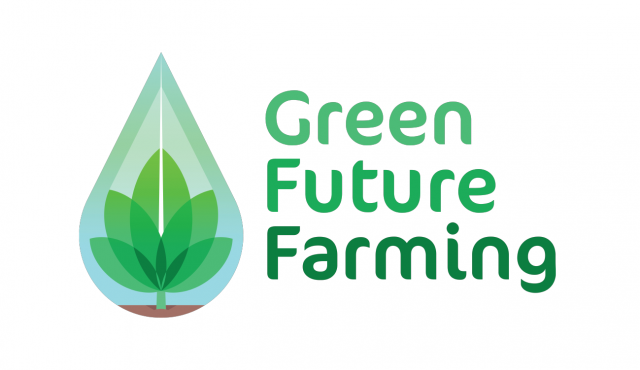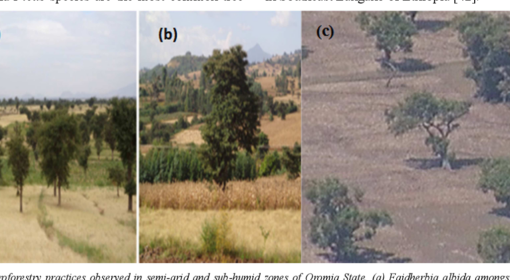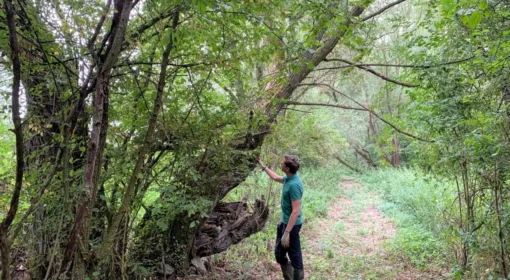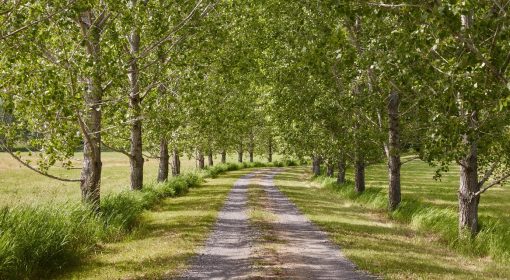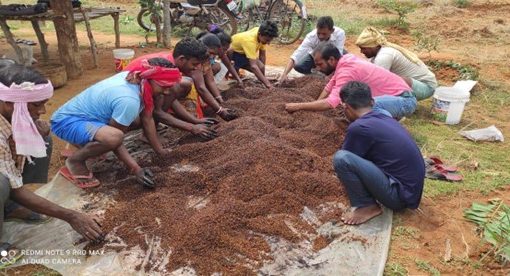By Bantamlak Wondmnow
In Amhara, yearly successful watershed rehabilitation campaigns are carried out through the government’s mass mobilization of local communities. Tree plantation and stabilizing physical soil and water conservation structures with grasses and shrubs species result in less soil erosion, less gully formation, and increased forage availability. Moreover, planting different species makes the watersheds more productive. Not only because of better microclimates, healthier soils, and improved soil moisture levels but also because of other benefits the planted species bring, such as fruit, forage, and timber production. This blog discusses different types of seedlings and their multipurpose use.
Seedlings to regenerate watersheds are usually needed on degraded hillsides with poor soil conditions, forest areas without natural regeneration, and farmlands (on bunds or for agroforestry or amenity planting). The source of seedlings are (1) nurseries of mainly two ownerships which are individual farmer-owned (tiny production <10K) for private planting and sale; and (2) public nurseries (on average 1 to 4 kebeles regionally with a capacity to produce ±0.5M) supported by mainly projects/programs and government regular budget where seedlings are provided for watershed development for free.
Choosing which species is the most critical and difficult decision to make. Nowadays, the choice depends primarily on three questions, which are asked in the following order: What do the owners/beneficiaries want from the plantation? What species are available that will produce what the people want? Will these species grow on the sites in general? Bearing all these in mind, planting seedlings can be grouped for the following primary purposes: (1) Stabilizing physical structures on farmlands, gullies, and others. (2) Trees on farmland and homestead plantation (agroforestry), and (3) Plantation (artificial forest) on communal hillsides, private woodlots and others. The table presented at the end of this blog gives an overview of all species used for each plantation’s purpose and their main benefits.
Purpose 1 – Stabilization of physical structures on farm lands, gullies, others
Stabilization refers to planting grass, shrub and tree species in different combinations on the physical structures such as soil bunds, trenches, check dams, etc., to increase their stability and resistance against rain drops, splash effect, runoff and other inferences. Hence, planting suitable species on the structures stabilizes them with their root system and the biomass and/or canopy above the ground protects them from erosive raindrops. And more importantly, the stabilization of the structures makes the surface area occupied by the structures productive. Stabilized areas are an additional source of timber, fuel wood, fiber, food and forage, palatable grasses and legumes, fruits and other products. Trees or shrubs help to demarcate farm and homestead boundaries, thus providing users with an additional sense of ownership. Achieving proper and productive stabilization will encourage farmers to protect conserved areas and appreciate its effects.

The most common species for planting in the areas are Rhamnus prinoides (Gesho), Desho grass, Pigeon pea, Sesbania sesban and Elephant grass. They are selected by considering characteristics to accrue multiple benefits: the ability to fix nitrogen & soil fertility improvement, palatability & biomass production, fast-growing and & extensive root system, cash crop and good regrowth after coppicing and browsing. Here tree/shrub/grass species are planted at close spacing apart on single or staggered double rows (on the berm or at the lower side of the embankment).
Purpose 2 – Agroforestry: Trees on farmland and homestead plantation
Traditional agroforestry practices in the form of dispersed trees in croplands have widely been observed in most parts of the Amhara region, including Gubalafto. Trees are grown on farmer’s fields (may be spread widely, sometimes spaced systematically in a grid or scattered at random), while crops are grown in the understory.
The practice is mainly based on the protection and management of selected matured trees already on site, the careful management of seedlings established on-site through natural regeneration, and the planting of new tree/fruit seedlings. These indigenous (majority) multipurpose tree species are consciously and deliberately retained and taken care of by the farmers due to their many benefits. Trees on farmland and homestead provide subsistence value such as food, fuel, building poles, or fodder. Trees also provide a service: they improve soil fertility, conserve soil moisture or improve the microclimate, resulting in increased crop yields.
Several species have been practiced in cropland: the most common species conserved in the farmers’ land are Acacia seyal (Wachu), Acacia polyacantha (Gmarda), Croton macrostachyus, and Cordia Africana. In almost all situations where trees are grown dispersed in cropland, the main conservation goal is to provide more organic matter and/or nitrogen to the soil and to improve the microclimate for crops. Planting around homesteads also consists of mixtures of vegetables, fruits, medicinal plants and often fodder grasses, shrubs or trees in small, intensively cultivated plots in and around home compounds. Mango and papaya are common fruit species in the areas which are being introduced. Farmers select trees/shrubs on farmlands based on their characteristics of Adaptability of the species for the specific environment; Ability to withstand adverse conditions; Palatability of the desired package; Tree growth rate and growth habits, especially on its branching and root system; and capability to withstand management practices (pruning, lopping etc.) and ability to nutrient cycling.
Purpose 3 – Plantation (artificial forest) on communal hillsides, private woodlots and others
Plantations aim to produce firewood, charcoal, and wood for building poles and to attain protection/conservation. The most commonly used are Eucalyptus (Eucalyptus globules in Keyamba and Eucalyptus camaldulensis in Jarsa), Grevillea robusta and Juniperus procera (Tid). The main criteria for selecting these are their relatively short rotation period, market availability on the demand side and reasonably heavy, durable wood and a straight stem (especially for the first two species.
Despite some objections that exotic species are susceptible to increased disease and climate change risks, they have been used exclusively in plantings in the area. This may be because there is much experience and information, especially on Eucalyptus. They are planted on (1) degraded hillsides where soil conditions are usually poor, and soil erosion is rampant; (2) forest areas where the plantation is to be established either due to the absence of natural regeneration or replacement of existing crop and (3) woodlots lands where this plantation is primarily established by villagers themselves in relatively small units usually close to villages as possible to minimize the transport distance.
Planting different species for different purposes thus makes the watersheds more productive. The following table overviews different types of seedlings and their multipurpose benefit.

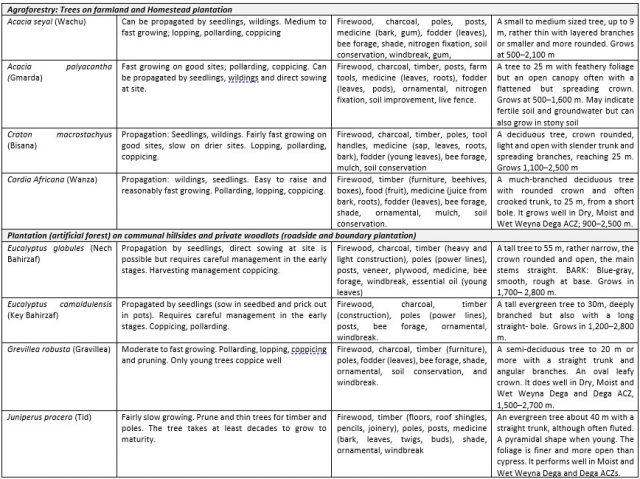
Supported by:
